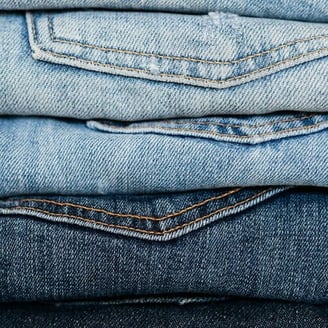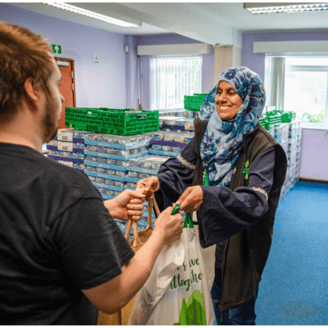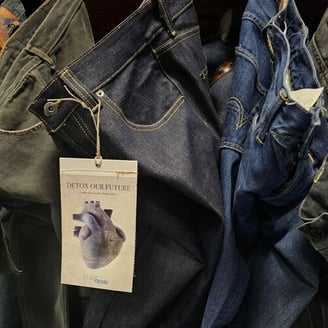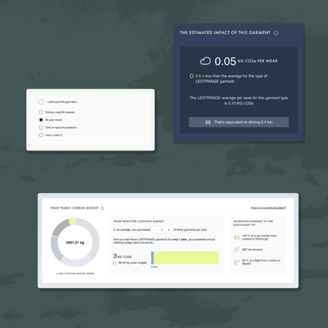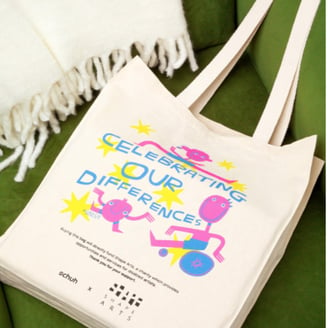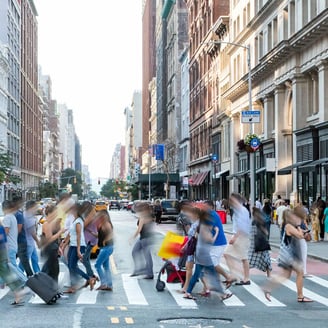EFE
Roberta HERRERA
Nov 24, 2023
Greenpeace utilizes geolocators to reveal minimal reuse of donated clothing
EFE
Roberta HERRERA
Nov 24, 2023
According to the environmental organization Greenpeace, a significant portion of donated clothing fails to obtain "a second life." To illustrate this, they placed geolocation devices on 29 garments deposited in municipal containers and within Zara and Mango stores. Most of these items have traveled thousands of kilometers, with their future remaining uncertain.

After monitoring donated clothing for four months, only one item's reuse has been confirmed, purchased from a second-hand store in Romania. This move by Greenpeace coincides with Black Friday, a period where brands promote massive purchases through steep discounts, emphasizing the challenge of clothing and footwear overproduction.
Regarding the remaining items, some continue to travel and still haven't reached their final destinations despite covering extensive distances, reaching places like Chile, Pakistan, India, or Togo. Others remain stored in warehouses in Spanish industrial estates or are simply untraceable.
Tracking across 11 provinces
Geolocation devices were placed on clothing and footwear suitable for reuse in July and August. These items were later deposited in containers across 11 Spanish provinces, positioned both in public areas and within Zara and Mango stores - retail chains partnering with organizations like Caritas.
A significant discovery revealed that both Zara and Mango are managed by the same entities, as per Greenpeace's findings. They located garments from both systems in the United Arab Emirates, which, along with Pakistan, houses international textile reception centers in free zones, facilitating re-exportation.
Other garments were traced to Africa, specifically in Egypt, Togo, and Morocco, as noted by the environmental organization. According to the European Environment Agency, 46% of used textiles exported from the European Union end up in African countries, with 60% being resold and the remaining 40% discarded, often directly into the environment.
Around half of the marked items have yet to leave Spain, despite multiple location changes, explained Greenpeace. This is due to the limitation of four months for comprehensive tracking of each item's final destination, which can be monitored on the organization's website.
During their investigation, Greenpeace also detected an "irregular circuit" for managing textile waste, bypassing municipal-approved management.
Need for system change
The research underscores the urgent need to radically change the clothing production and consumption model, avoiding false solutions or temporary measures that delay this transition, emphasized Greenpeace in a statement.
Effective management of used clothing to prevent it from becoming an escalating environmental and social issue, as mandated for clothing brands starting in 2025, necessitates a significant production reduction and a focus on garment durability and quality, warned Greenpeace.
Mango and Inditex (Zara) clarification
Following the report’s publication, Mango and Inditex clarified that they offer containers in their stores for users to deposit garments in collaboration with non-profit entities. These organizations sort the deposited items for reuse, recycling, or electrical co-generation, based on their condition.
The majority of textile waste deposited in these containers is destined for reuse, with a small portion remaining in Spain for second-hand sales. The rest is exported, "after being classified for reuse or recycling, in line with future European regulations prohibiting the export of unsorted textile waste," as Mango explained.
Inditex, the group that owns Zara, stated that their agreements with these entities explicitly prohibit diverting garments to landfills and certain export markets due to the risk of causing negative impacts in those communities.
"Over 60% of the total garments are reused, either through donations to those in need or sold to finance social projects," assured the world's largest textile group.
© EFE 2023. Está expresamente prohibida la redistribución y la redifusión de todo o parte de los contenidos de los servicios de Efe, sin previo y expreso consentimiento de la Agencia EFE S.A.






